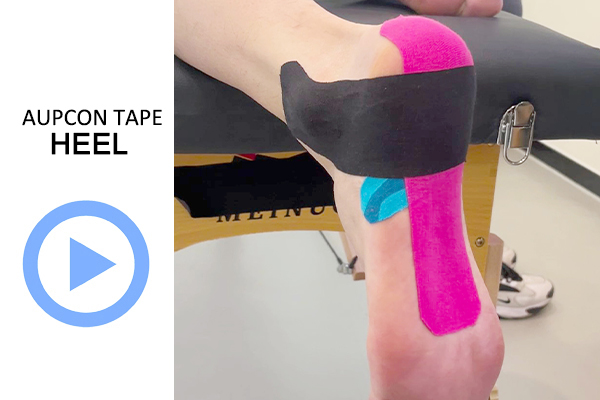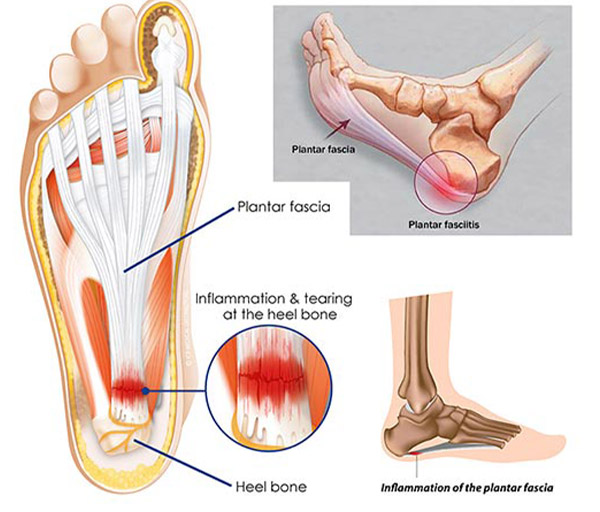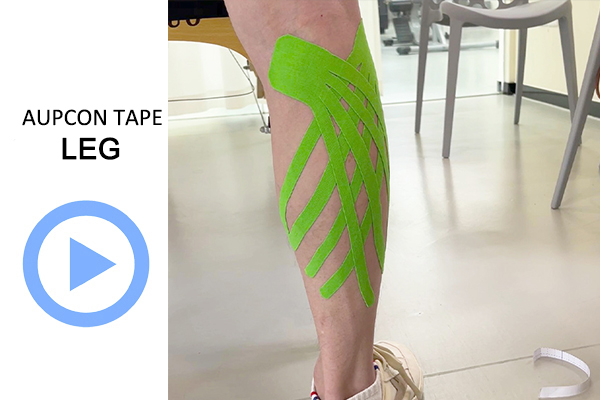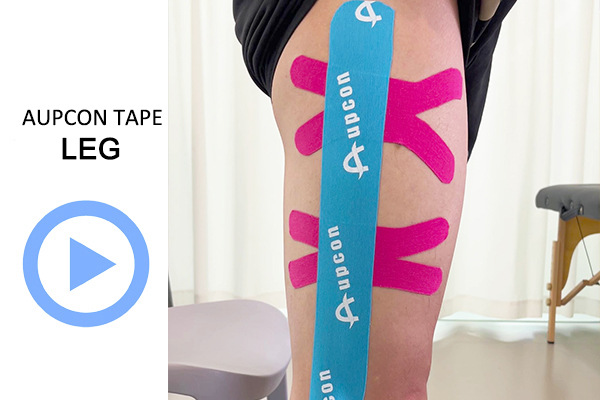How to use kinesiology tape for heel pain
Heel pain
Although the sole only occupies a small part of the body, it is one of the human body’s most complex and vital structures. It supports the whole body and is responsible for shock absorption, balance, and other functions. Pain in the sole may affect the entire body and cause discomfort. Common diseases include lateral ankle sprain, plantar fasciitis, Achilles pain, heel spurs, bursitis, etc. In response to so many diseases, we can use kinesiology tape for heel pain to prevent, relieve, and treat them. Please follow this article to learn more about them.
Kinesiology tape for heel pain TAPING TIPS
- Applying kinesiology tape for heel pain 1 hour before starting the activity will help the tape stick more firmly.
- Rubbing the kinesiology tape for heel pain several times after applying it can better activate the adhesive.
- The most suitable wearing time is 3-5 days, and the longest time is no more than 7 days
- Cleaning the skin before using kinesiology tape can make it stick more firmly.
- Ensuring that each corner of the kinesiology tape is rounded can prevent premature peeling.
- Please note that kinesiology tape should not be used on skin with open wounds.
How do you use heel tape for Heel pain?
Using the center line as an anchor point, stretch it 50% and place it against your heel.
Stretch the X-shaped tape for foot pain from the anchor point to the right at 30% stretch, wrapping the heel.
Stretch 30% to the lower left, separate and fix the two “tails” to ensure more even force.
Rub the tape several times to activate the glue.
The heel is glued to the anchor point, and no tension is required at the anchor point.
Stretch at 50% tension, forming a cross with the first heel tape.
Secure the end over the ball of your foot without stretching the end.
The centerline portion of the third tape is taped and secured to the heel at 75% tension.
The heel tape on both sides is stretched upwards by 75% to wrap the ankle.
Rub the kinesiology tape several times after finishing the heel pain tape application.
What is a kinesiology tape for heel pain?
The main function of tape for heel pain
1.Provide support
2.Relieves pressure and pain caused by overuse
3.Reduce inflammation
4.Promote blood circulation
The main application of kinesiology tape for heel pain
Kinesiology tape is widely used in foot pain, plantar fasciitis, achilles pain, heel spurs, ankle sprain, etc.
Precautions for kinesiology tape for heel pain
If your skin develops allergic symptoms, please stop using it!
Cotton kinesiology tape
for heel pain
→
Frequently Asked Questions
Most heel pain is caused by ligament inflammation. The human heel is composed of 33 joints and more than 100 tendons and ligaments. The ligaments on the sole are closely connected to the bottom of the heel bone.
When people walk, the vast pulling force is concentrated in a narrow area on the ligament under the heel bone. Repeated pulling and friction can easily cause inflammation of the junction between the ligament and the bone, causing pain. At the same time, weight is also related to heel pain. Generally speaking, fatter people are more likely to suffer from heel pain.
Heel pain is usually caused by fatigue, but if the pain persists for a long time, it may be caused by disease!
The most common one may be plantar fasciitis.
Fascia inflammation is mainly caused by repeated stretching, structural injury, and aseptic inflammation. For example, obesity; excessive exercise, especially running and other sports; wearing ill-fitting and poorly cushioned shoes for a long time; walking or standing on hard surfaces for a long time; occupational factors, such as ballet dancers, teachers, athletes, etc. may all be causes of the disease.
1. Heel spur pain. Long-term weight-bearing and repeated friction can irritate the heel and cause wear.
2. Foot muscle pain. This is inflammation and discomfort in the sensory and motor areas of the muscle.
3. The fascia covering the heel bone is impacted and feels painful, weak, or tight.
Proper use of kinesiology tape heel can provide some relief
1. Lay your calf flat with your foot suspended and gently do relaxation exercises around your ankle.
2. Ice your heel: Place an ice pack on your heel for 20 minutes to relieve pain and swelling.
3. Kinesiology tape for heel pain: You can get relief through physical therapy.
4. Avoid going barefoot and wear supportive shoes: They support the arch, reduce pressure on the heel and sole, and help improve symptoms.
Other Body Parts
Kinesiology tape for heel pain can help relieve heel pain, but various causes can cause foot pain, and the corresponding taping methods will also differ. This article only introduces one type of taping. If you want to learn more about heels, stay tuned for our tutorial on how to use kinesiology tape, such as the knee, shoulder, wrist, ankle, etc. To learn more about related tutorials, you can bookmark our website and continue to pay attention.





